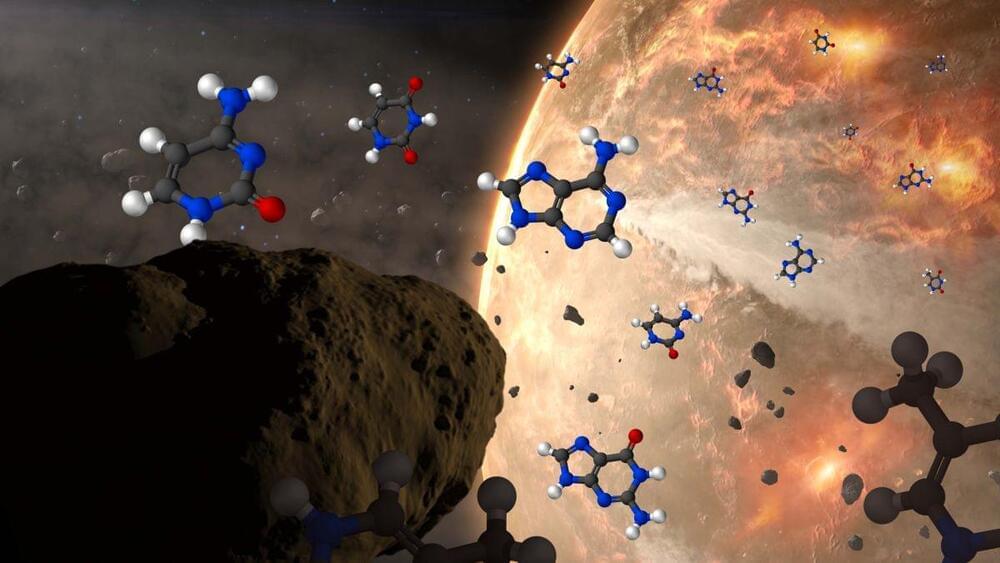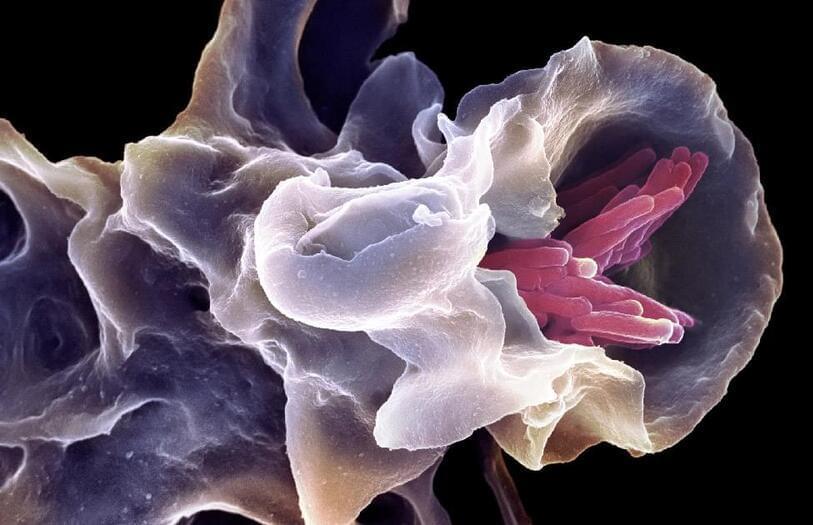These key building blocks of life were found in space rocks, scientists confirm.
Key building blocks of DNA that previous research mysteriously failed to discover in meteorites have now been discovered in space rocks, suggesting that cosmic impacts might once have helped deliver these vital ingredients of life to ancient Earth.
DNA is made of four main building blocks — nucleobases called adenine (A), thymine (T), cytosine © and guanine (G). DNA’s sister molecule, RNA, also uses A, C and G, but swaps out thymine for uracil (U). Scientists wondering whether meteorites might have helped deliver these compounds to Earth have previously looked for nucleobases in space rocks, but until now, scientists had only detected A and G in space rocks, and not T, C or U.






